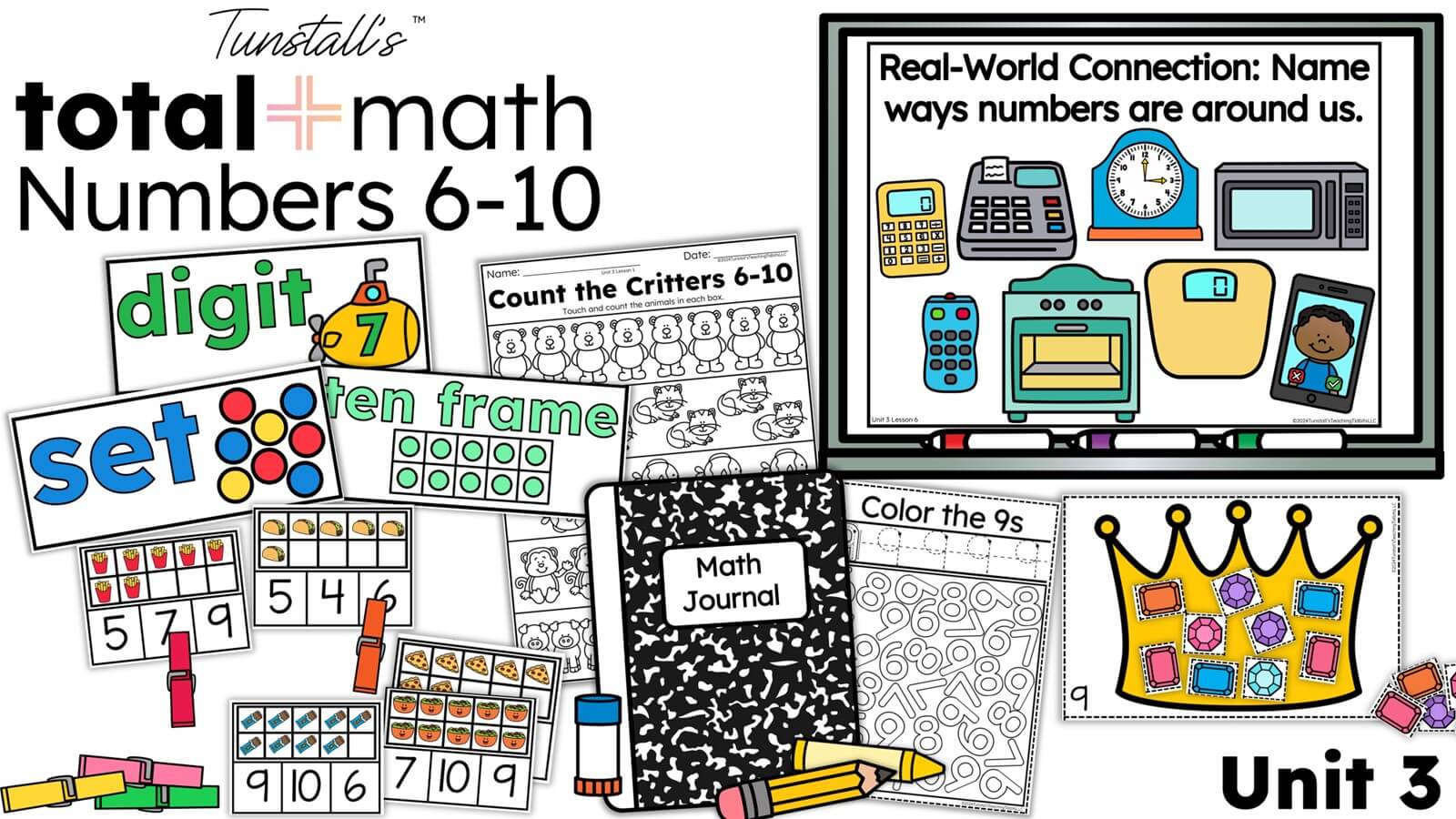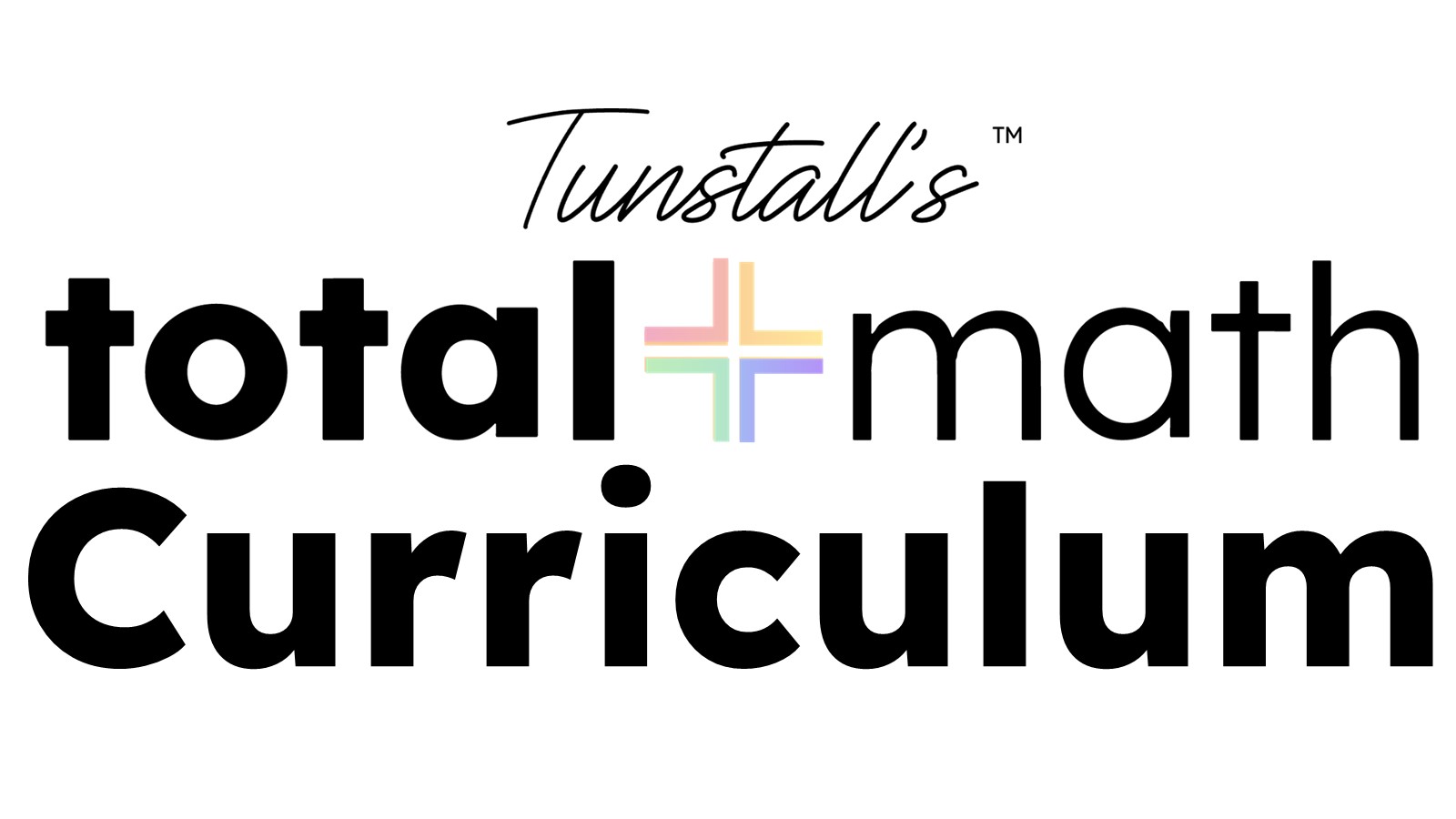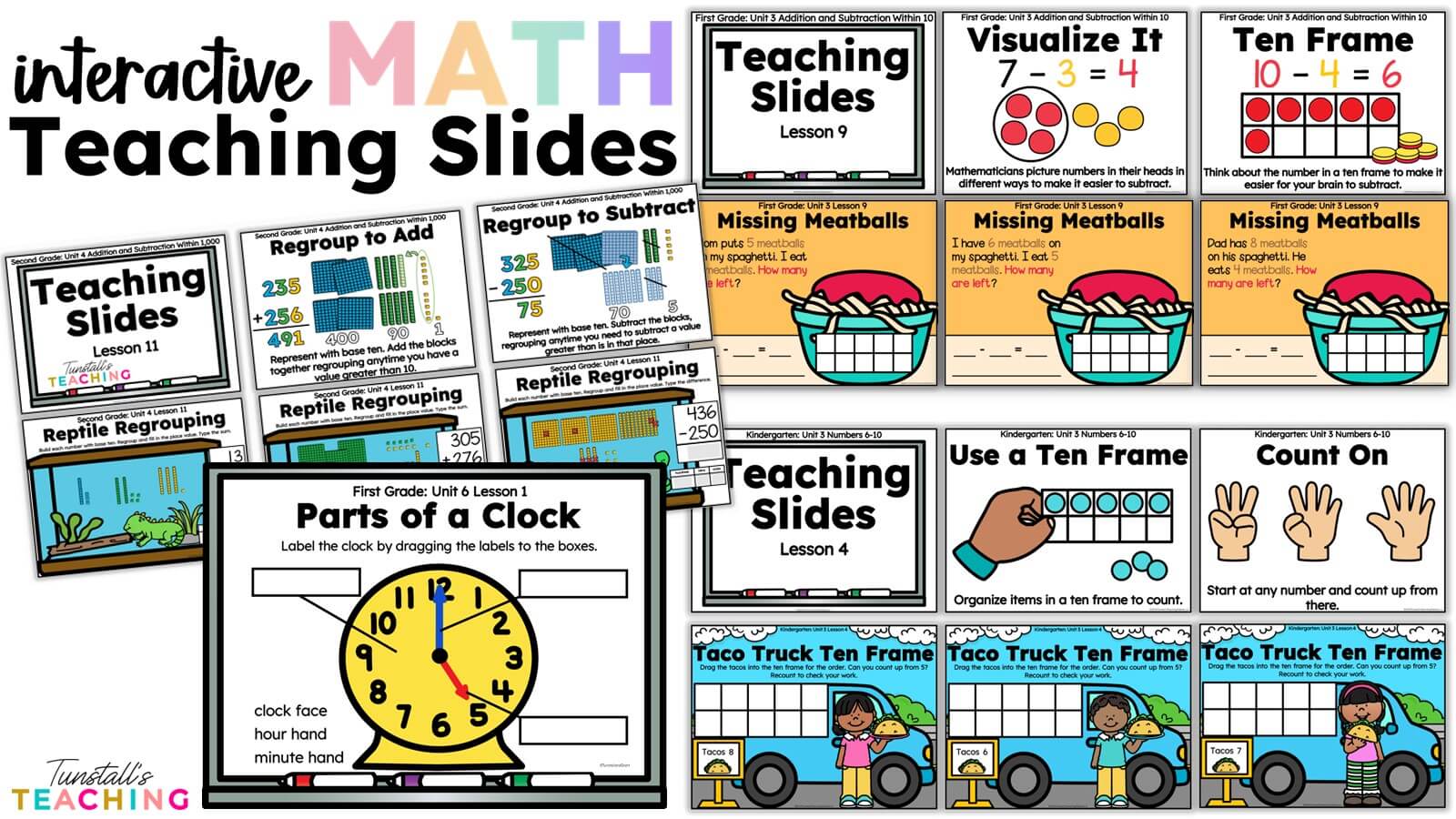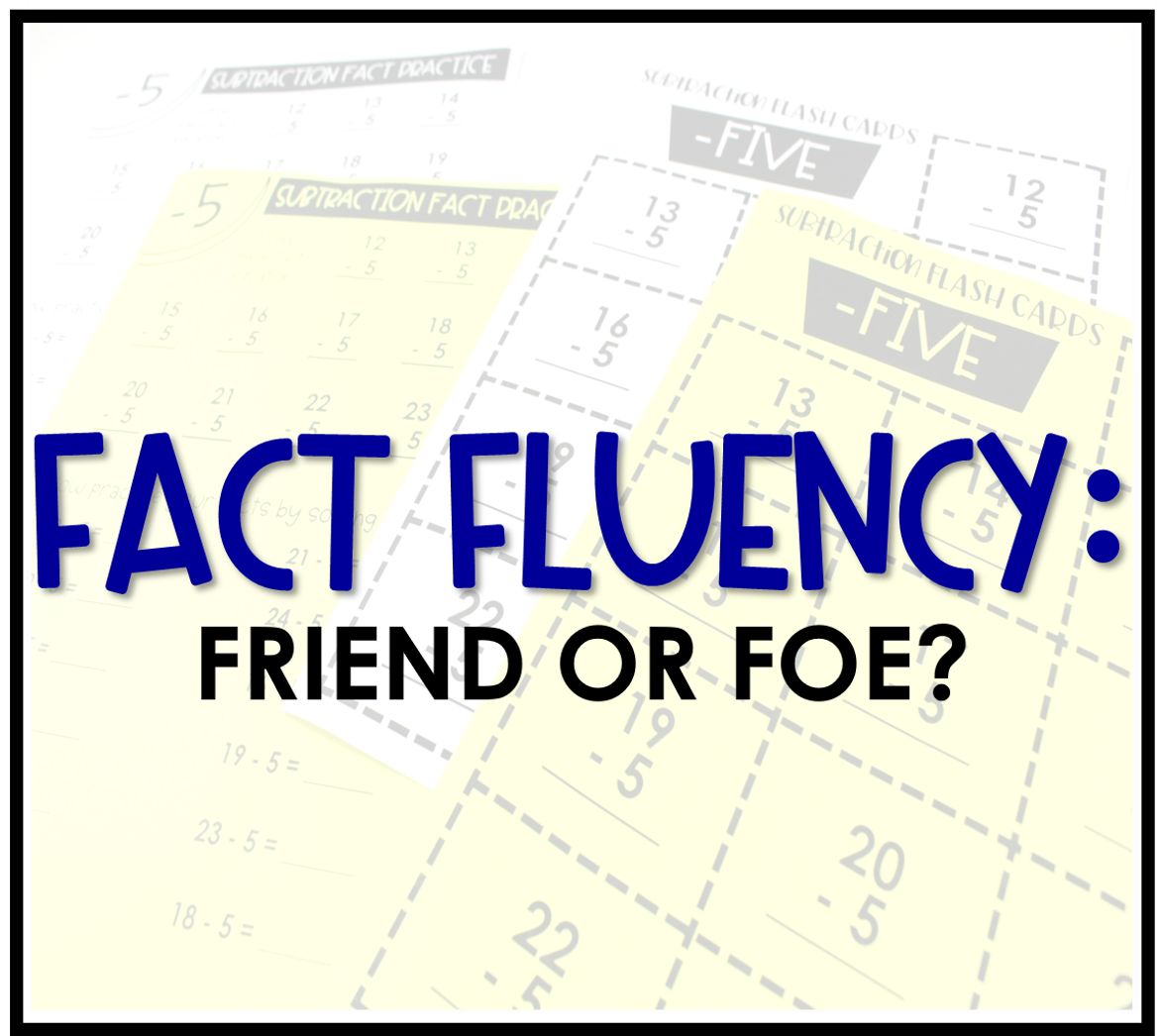Foundations of Numbers to 50 in First Grade
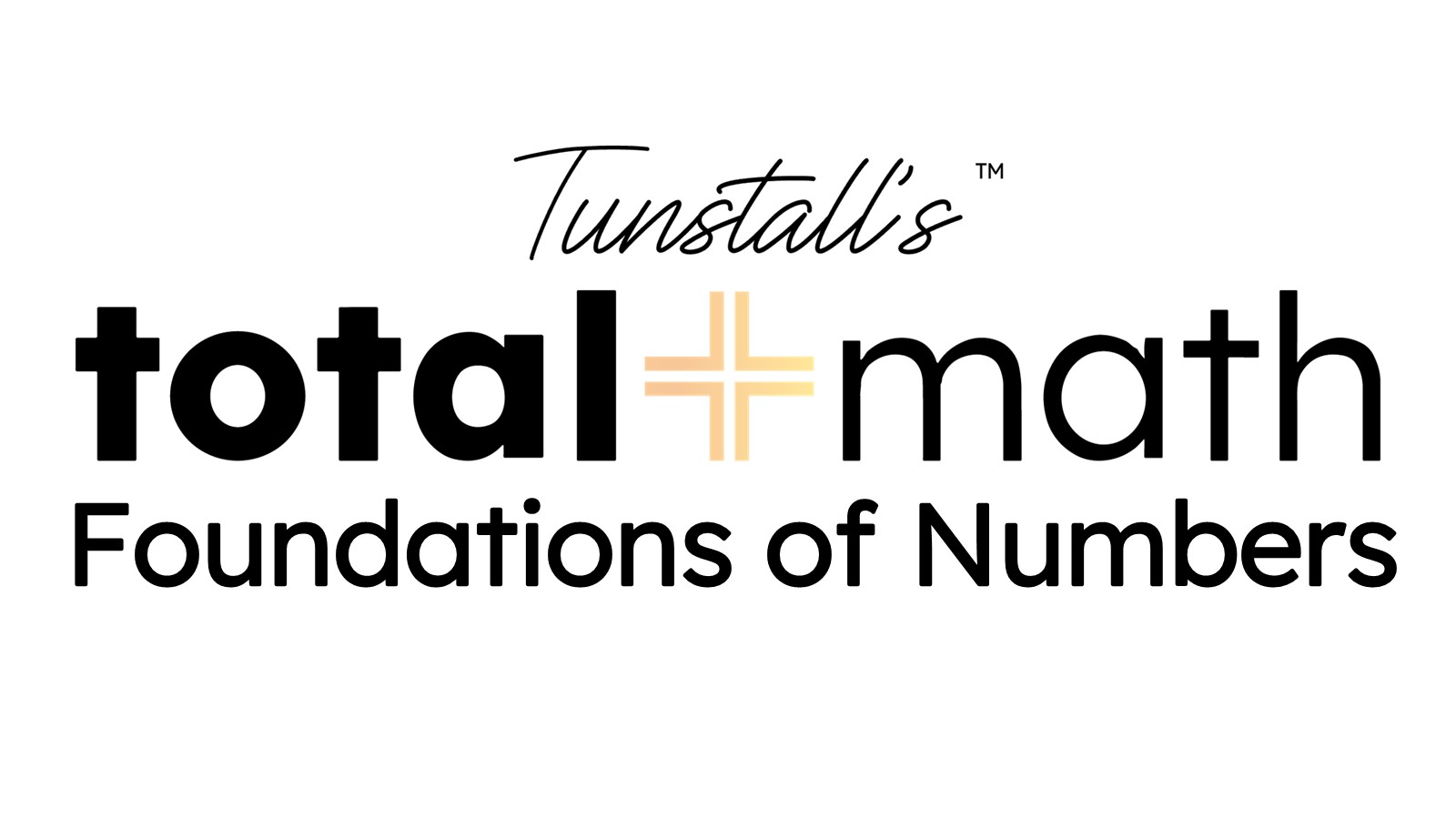
After Building Math Community in first grade, we immediately dive into building number sense to 50. Foundations of numbers to 50 in first grade is all about expanding our understanding of whole numbers.
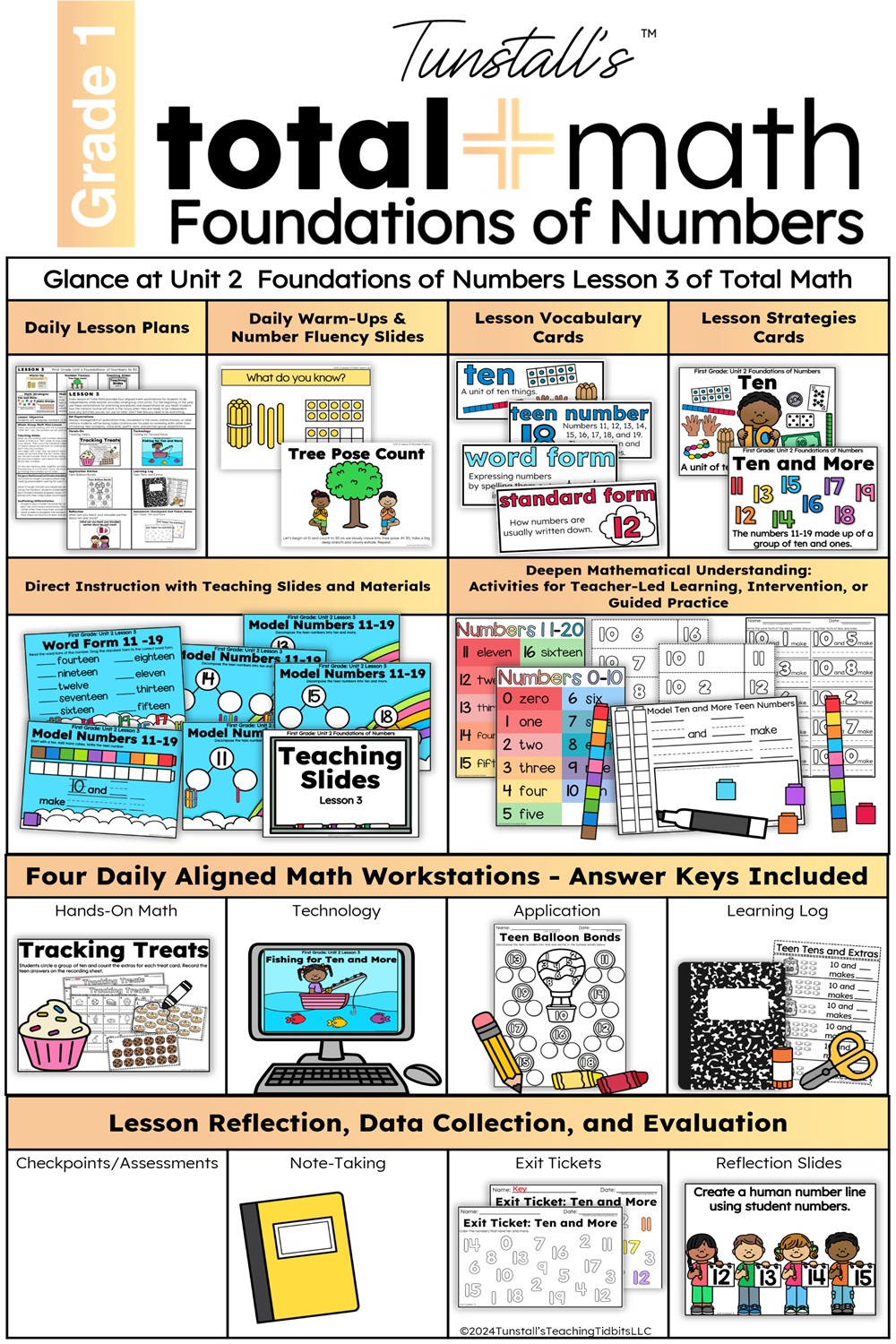
Teaching Whole Numbers to 50
Teaching the foundations of numbers to 50 is crucial for first graders as it builds essential math skills that will support their academic growth. Counting forms the basis of understanding numerical order and quantity, while representing numbers through various means such as objects, drawings, and symbols helps solidify these concepts.
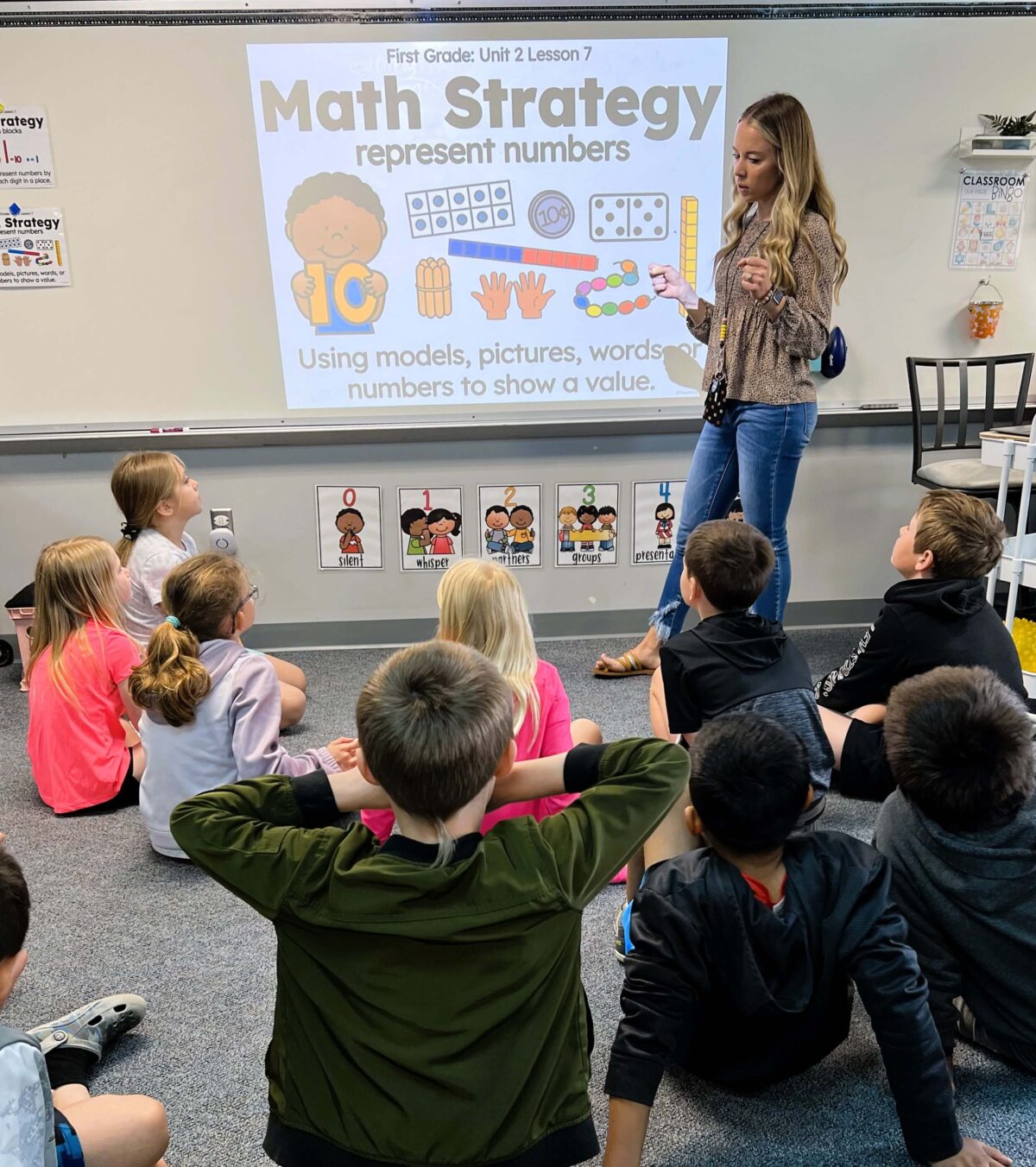
Comparing numbers up to 50 enables children to grasp the ideas of greater than, less than, and equality. Introducing the number line as a visual tool aids in comprehending the sequence and spacing of numbers, fostering a more intuitive grasp of numerical relationships.
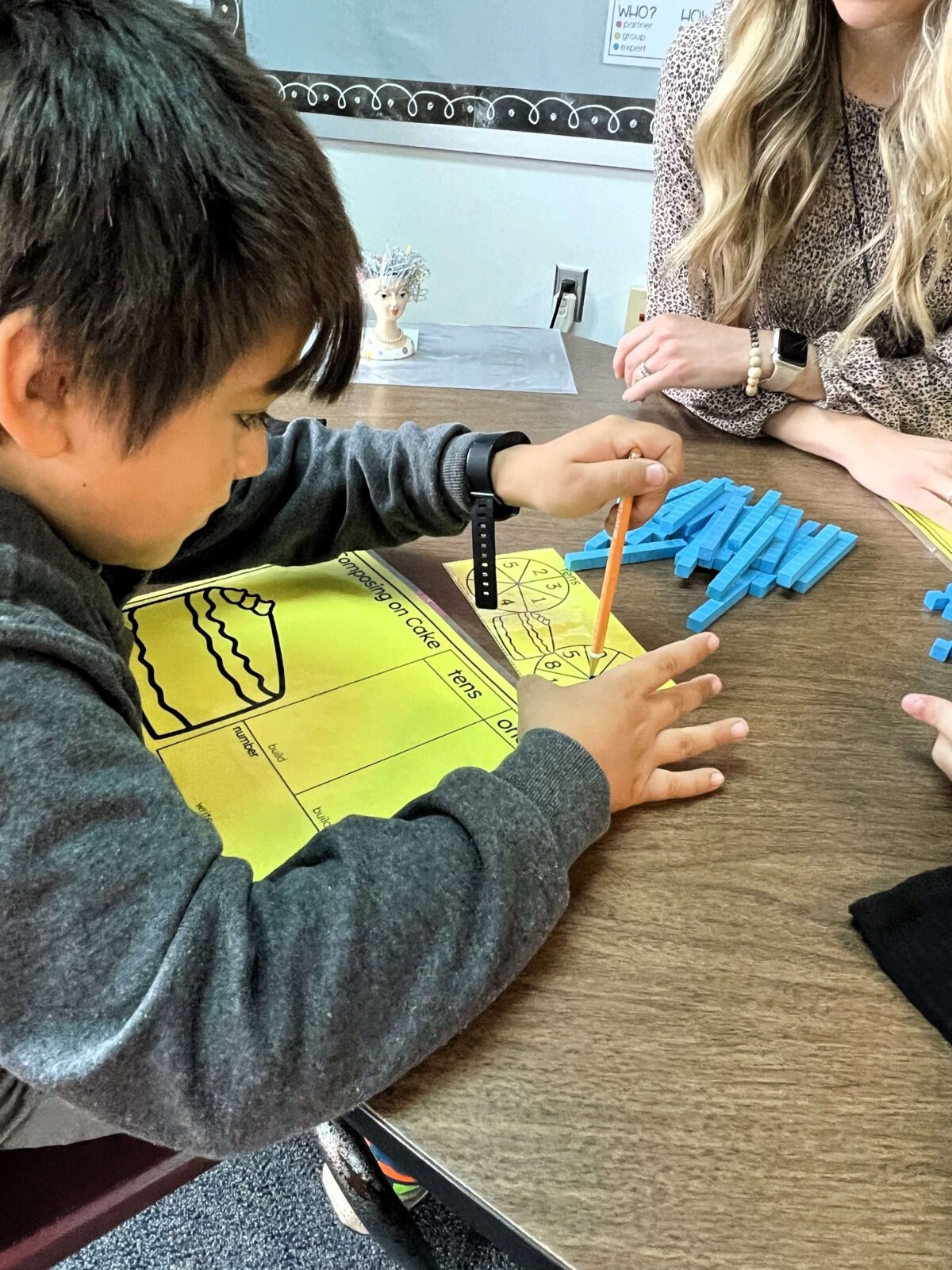
All these elements contribute to developing number fluency, ensuring that students can effortlessly recognize, manipulate, and work with numbers, setting a strong foundation for future mathematical learning.
Foundations of Numbers Daily Warm-Up Teaching Slides
Encouraging students to communicate their understanding during math warm-ups fosters a collaborative learning environment. As students explain their thought processes and reasoning, they reinforce their own knowledge while exposing peers to different problem-solving strategies.
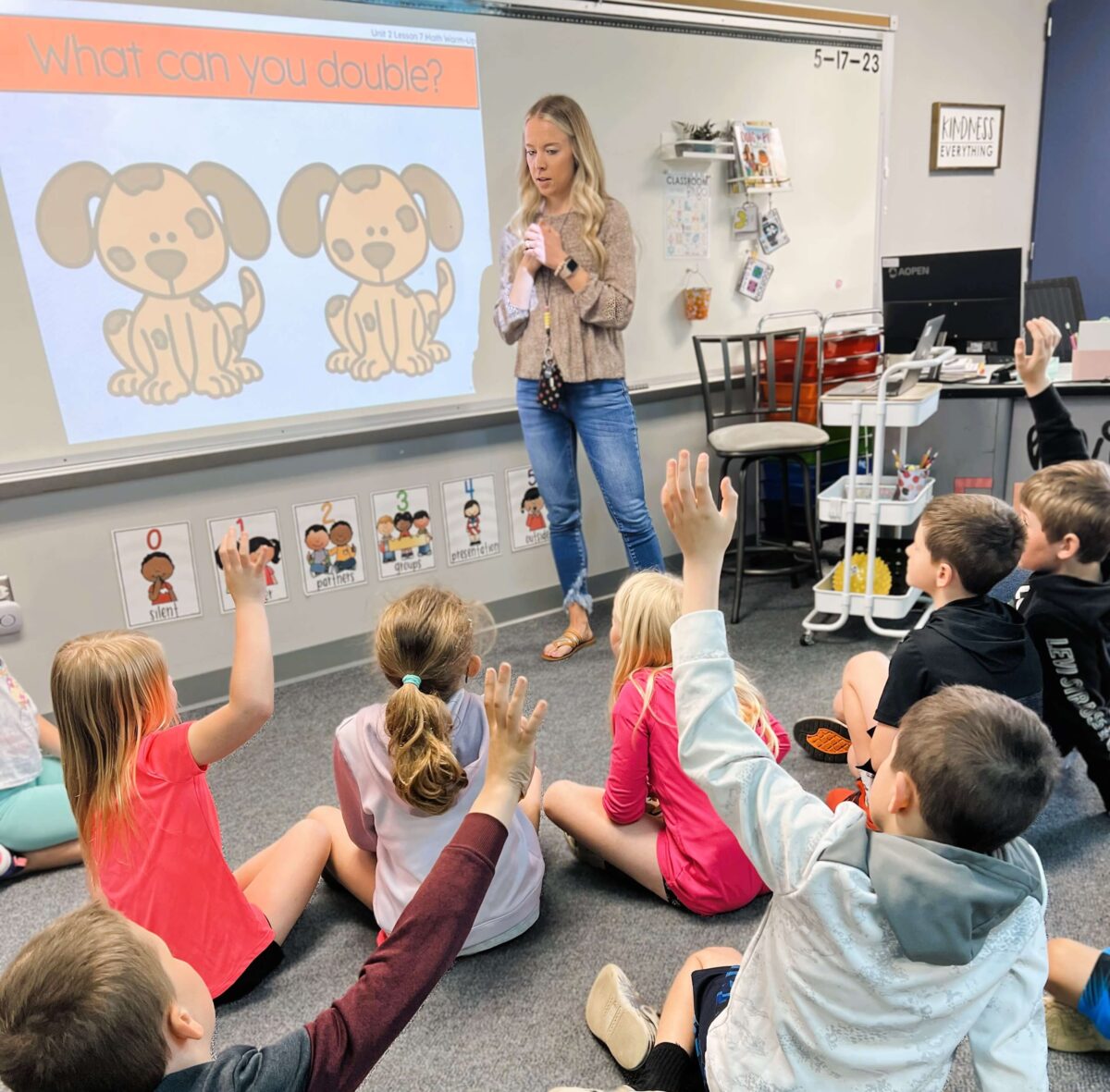
When students explain their thinking, they strengthen their own skills and show others new ways to solve problems. Sharing ideas helps clear up confusion and leads to better understanding.
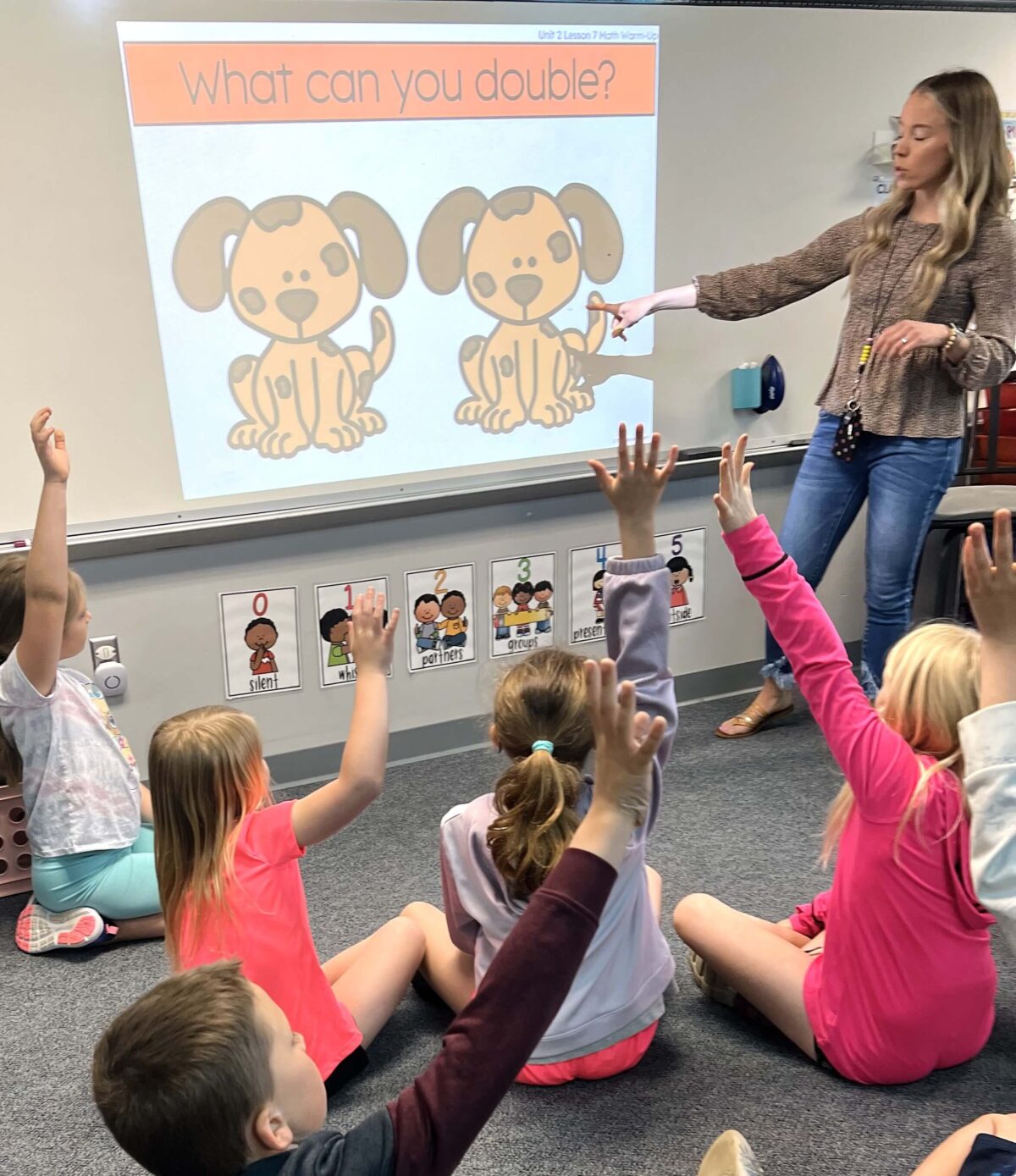
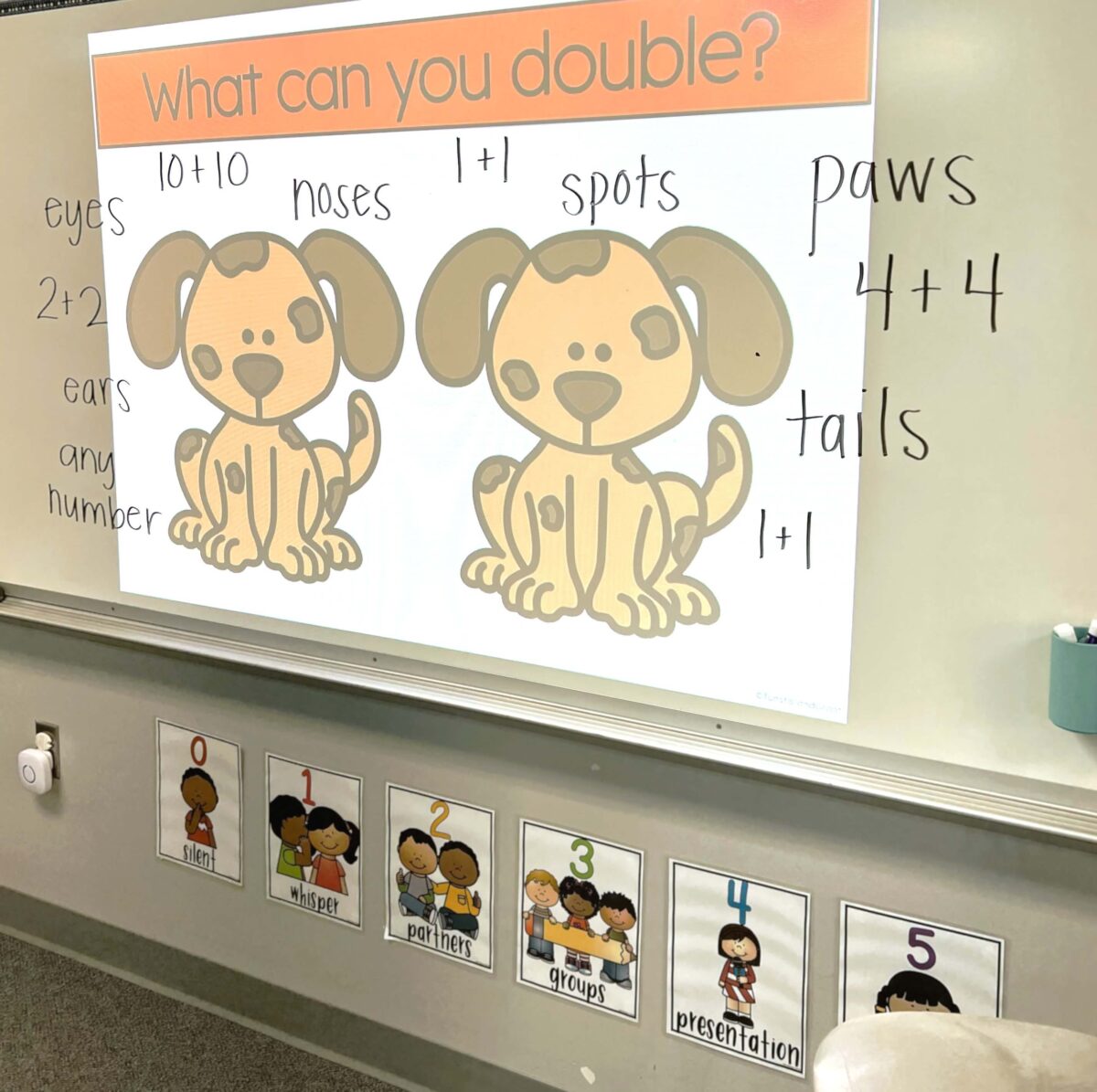
In the example, building number sense is connected with joining sets of numbers through engaging visuals. Utilizing different models and visuals helps students visualize numerical relationships, making abstract concepts more concrete. Regular practice with math warm-ups builds confidence and prepares students for mathematical challenges.
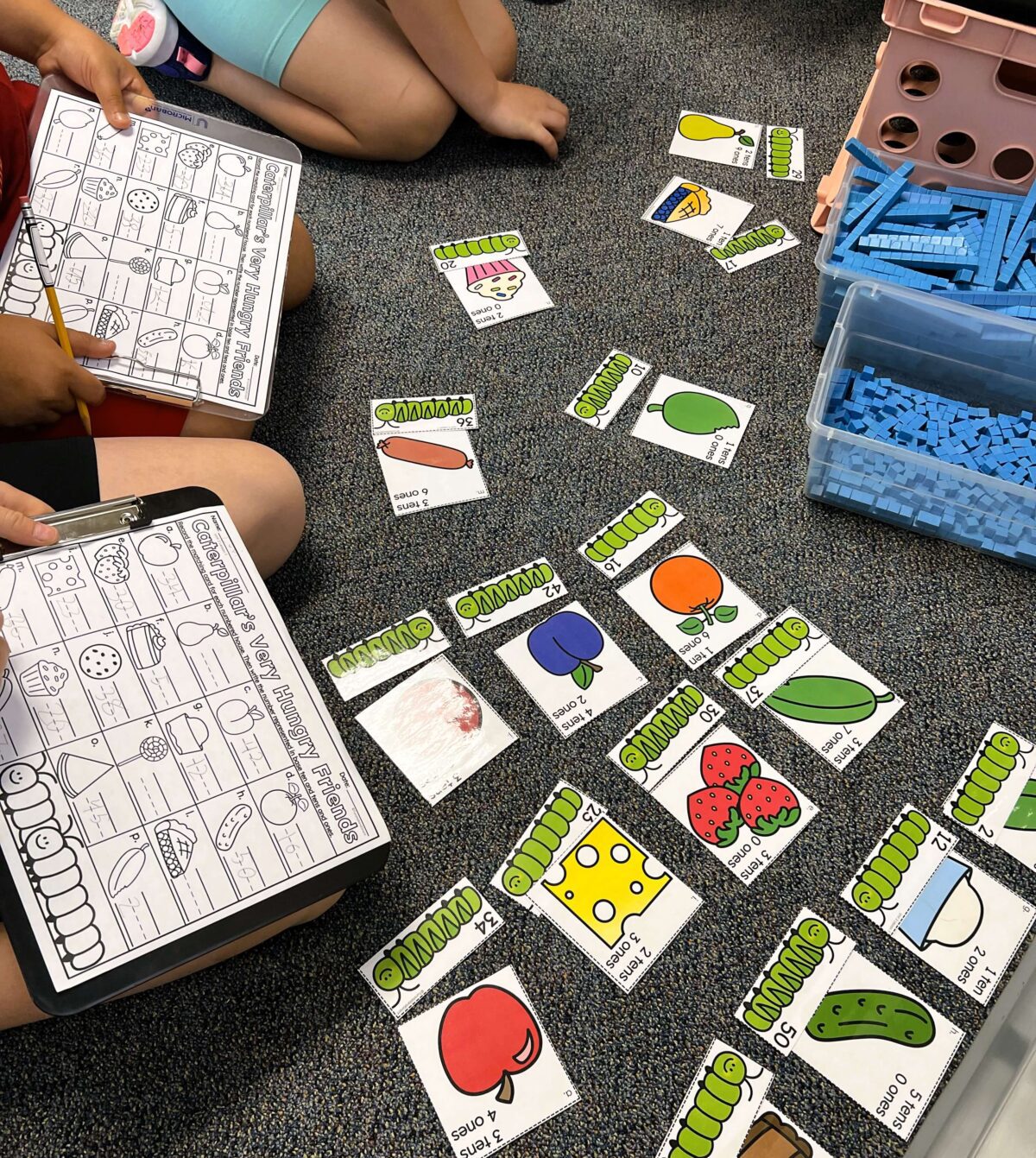
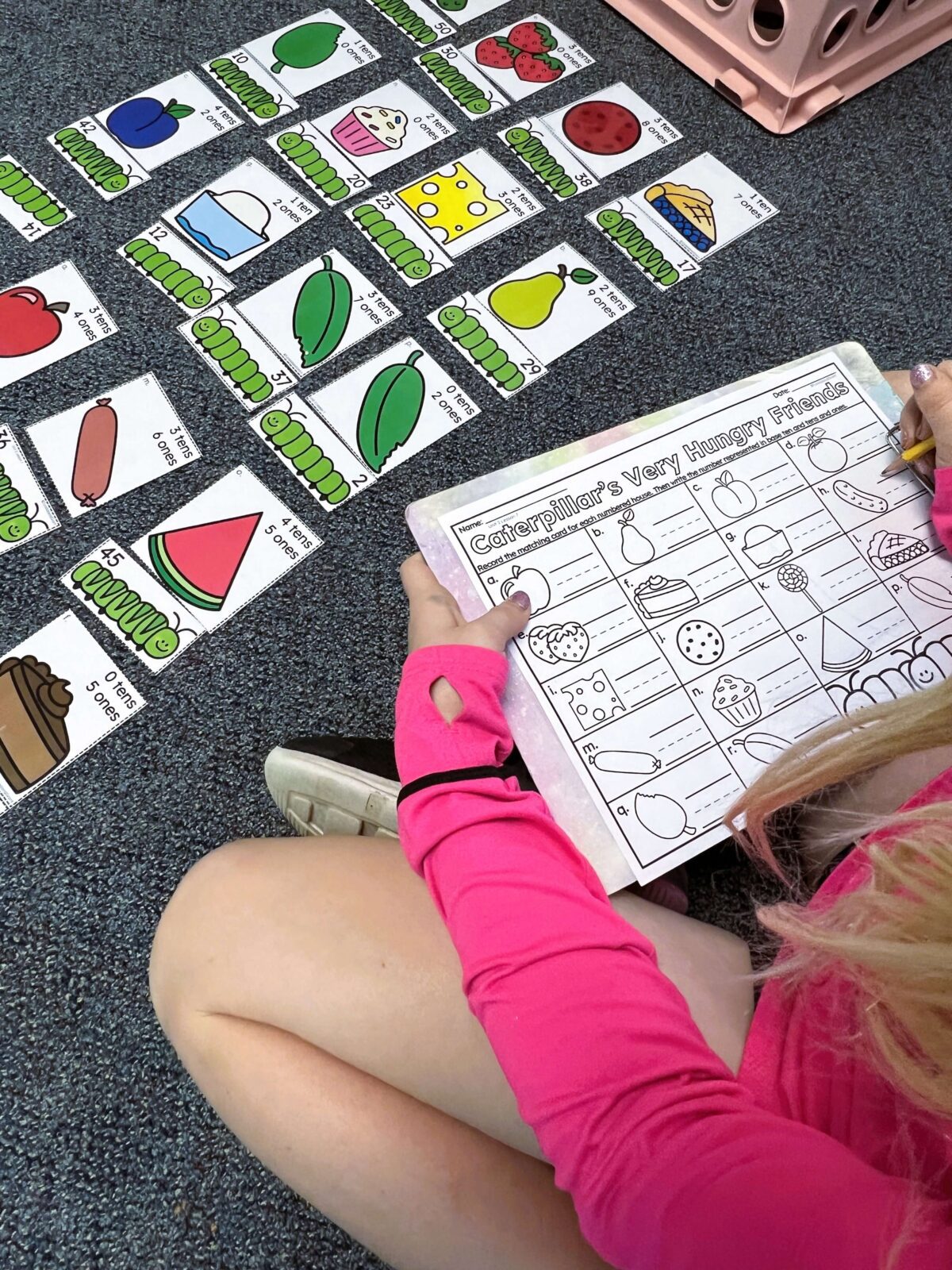
Number Sense to 50 in First Grade
The focus of our Foundations of Numbers to 50 unit for first grade integrates conceptual understanding and procedural proficiency through the use of physical and visual models, academic language, flexible fluency, procedural strategies, connected content, and real-world connections.
Unit Focus and Big Understandings
There are three weeks or 15 lessons of Foundations of Numbers to 50 in Total Math. Each lesson includes all components for the total math block. All instructional materials are included, aligned, and organized by lesson and standard. The units can supplement another curriculum by being purchased individually or be used as a full cohesive and comprehensive curriculum.
Ten Reasons To Begin With Foundations of Numbers to 50
- Foundation for Place Value: Understanding tens and ones is crucial for grasping how digits in numbers represent different values.
- Builds Number Sense: Students understand the relationship between numbers by their structure and composition making it easier to work with larger numbers.
- Simplifies Addition: Students learn to mentally join or add on to numbers using manageable parts making calculations more intuitive.
- Aids in Subtraction: Similarly, students can decompose numbers into tens and ones or smaller parts making it easier to subtract parts.
- Supports Counting: Every lesson provides practice with movement and counting including using patterns in numbers and tens and ones.
- Introduction to the Base Ten System: Students authentically use the base ten system in the concrete and pictorial activities.
- Enhances Problem-Solving Skills: Understanding ten and more provides a clear method to work with numbers.
- Facilitates Mental Math: Learning to break down numbers into tens and ones makes it easier to mentally and flexibly perform calculations.
- Encourages Logical Thinking: Students learn to understand and apply mathematical concepts in a structured way.
- Prepares for Multiplication and Division: Grouping or decomposing numbers into sets of ten sets the stage for multiplication and division.
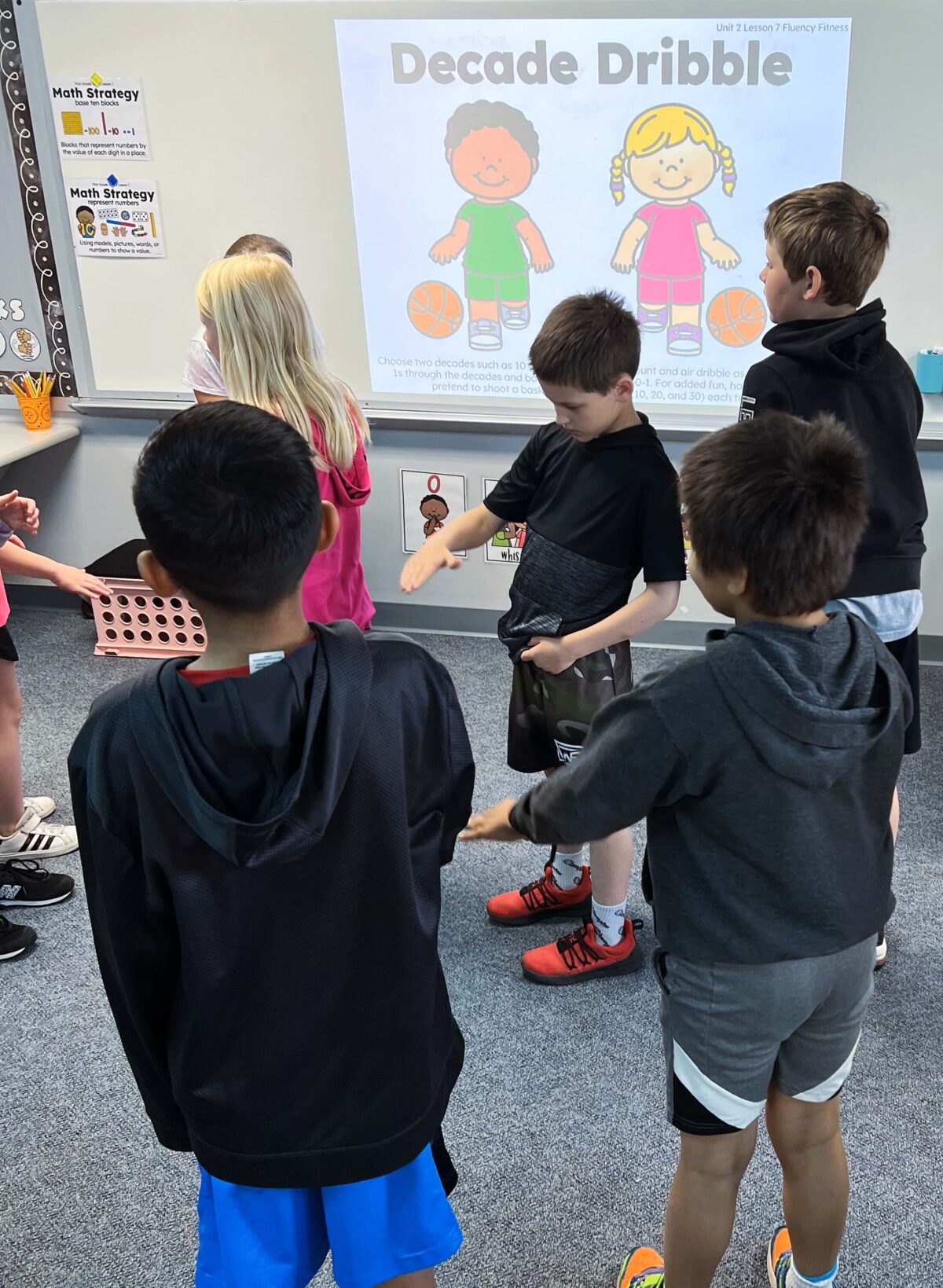
Every Total Math lesson has a Number Fluency slide. This example shows students skip counting by tens as they pretend to dribble a basketball. The benefits of counting and body movement are rooted in research and immediately evident in the classroom. Combining skip counting and body movement stimulates both hemispheres of the brain, enhancing cognitive function and memory while reducing math anxiety. We replace anxious thoughts with positive, enjoyable, engaging math interactions.
Total Math: A Math Framework for Success
The total math classroom provides the framework to learn together as a community of mathematical thinkers where math isn’t just numbers on a page– it’s an engaging, cooperative, hands-on experience.
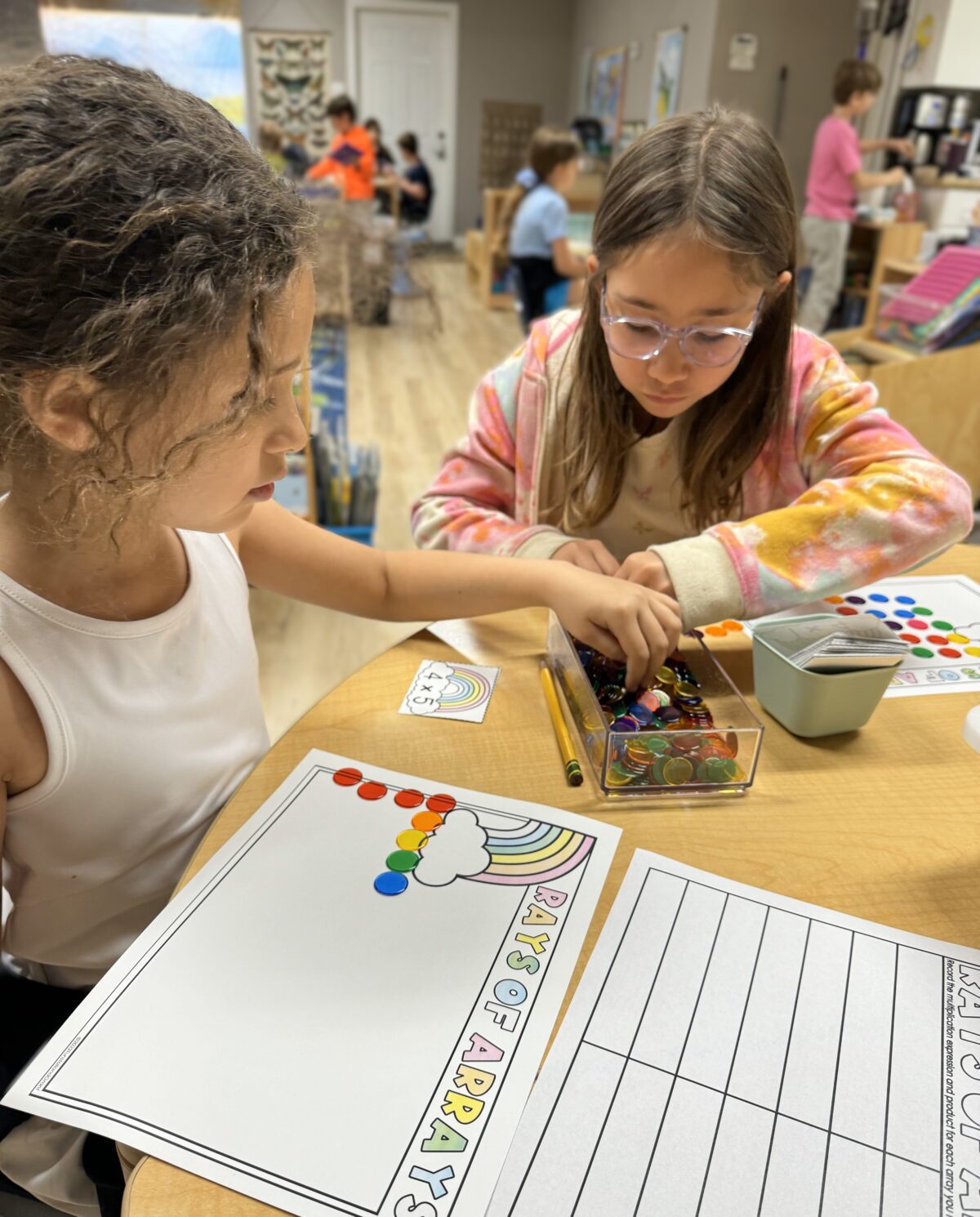
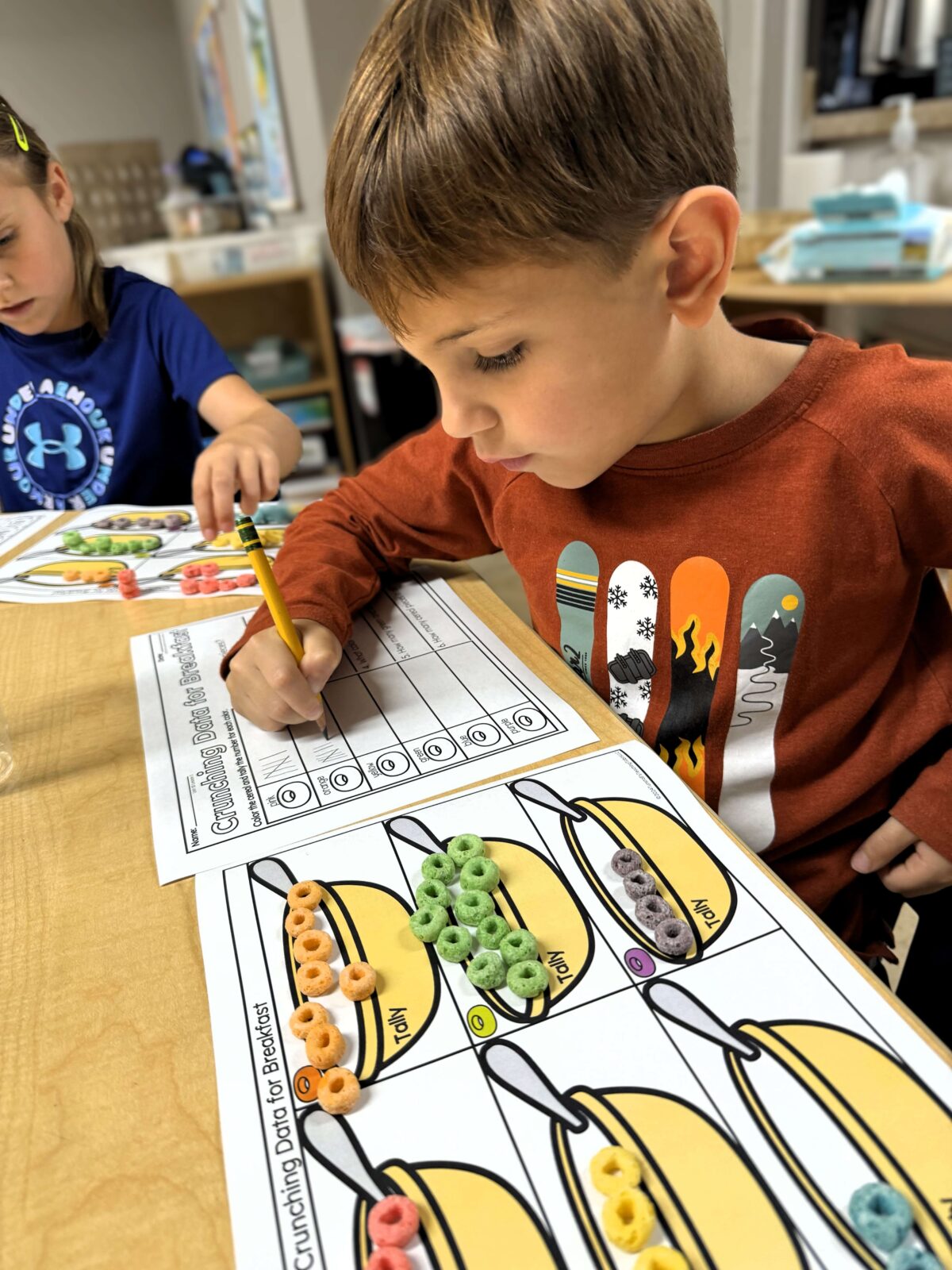
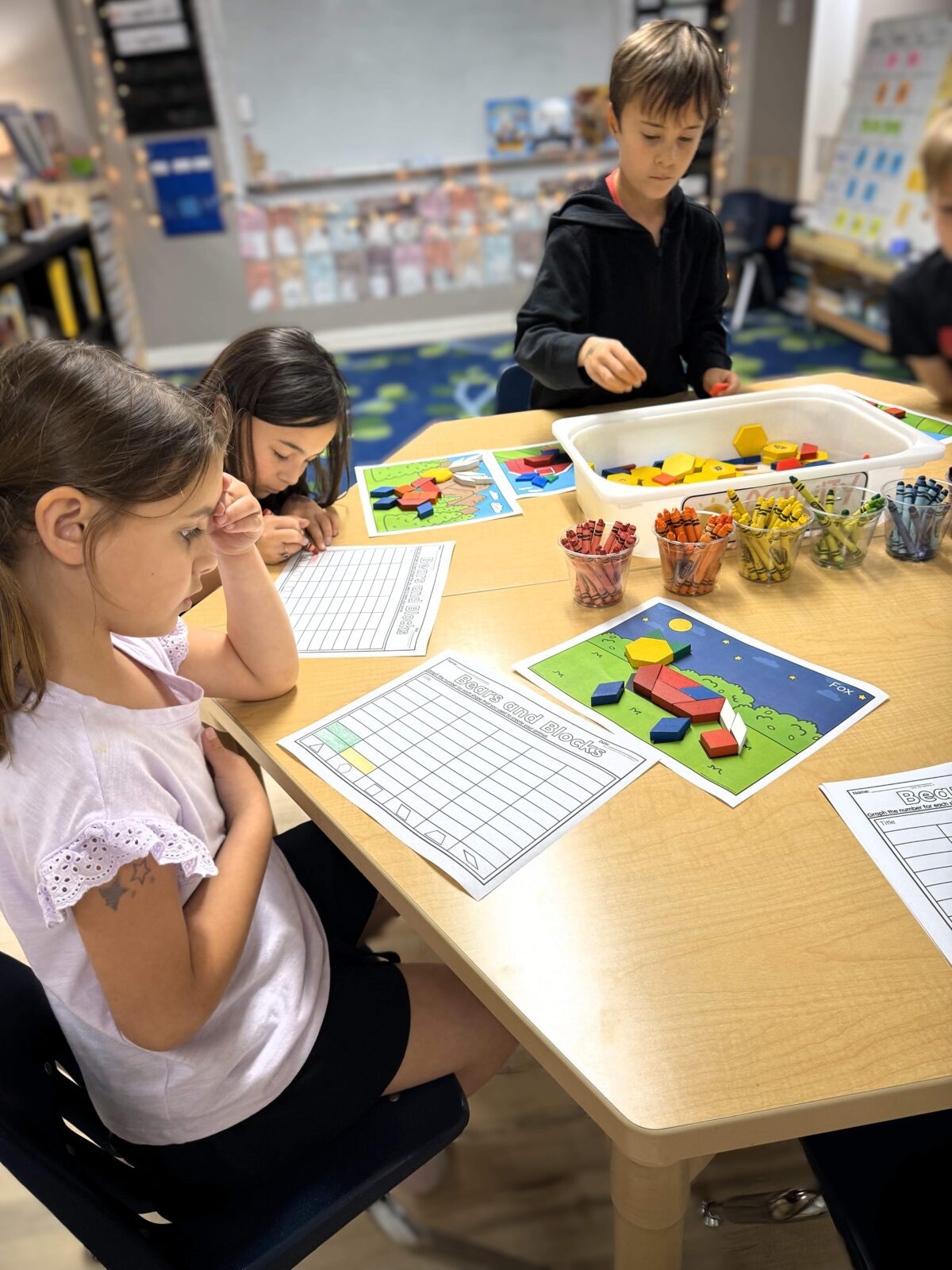
We begin with building a math community to foster a supportive and collaborative learning environment. Once this is established, teaching the fundamentals of numbers to 50 becomes the focus. Students engage more deeply with expanded ways of counting, comparing, and representing numbers benefitting from shared ideas and peer support. This approach ensures a strong, cohesive start to their math journey, setting them up for future success.

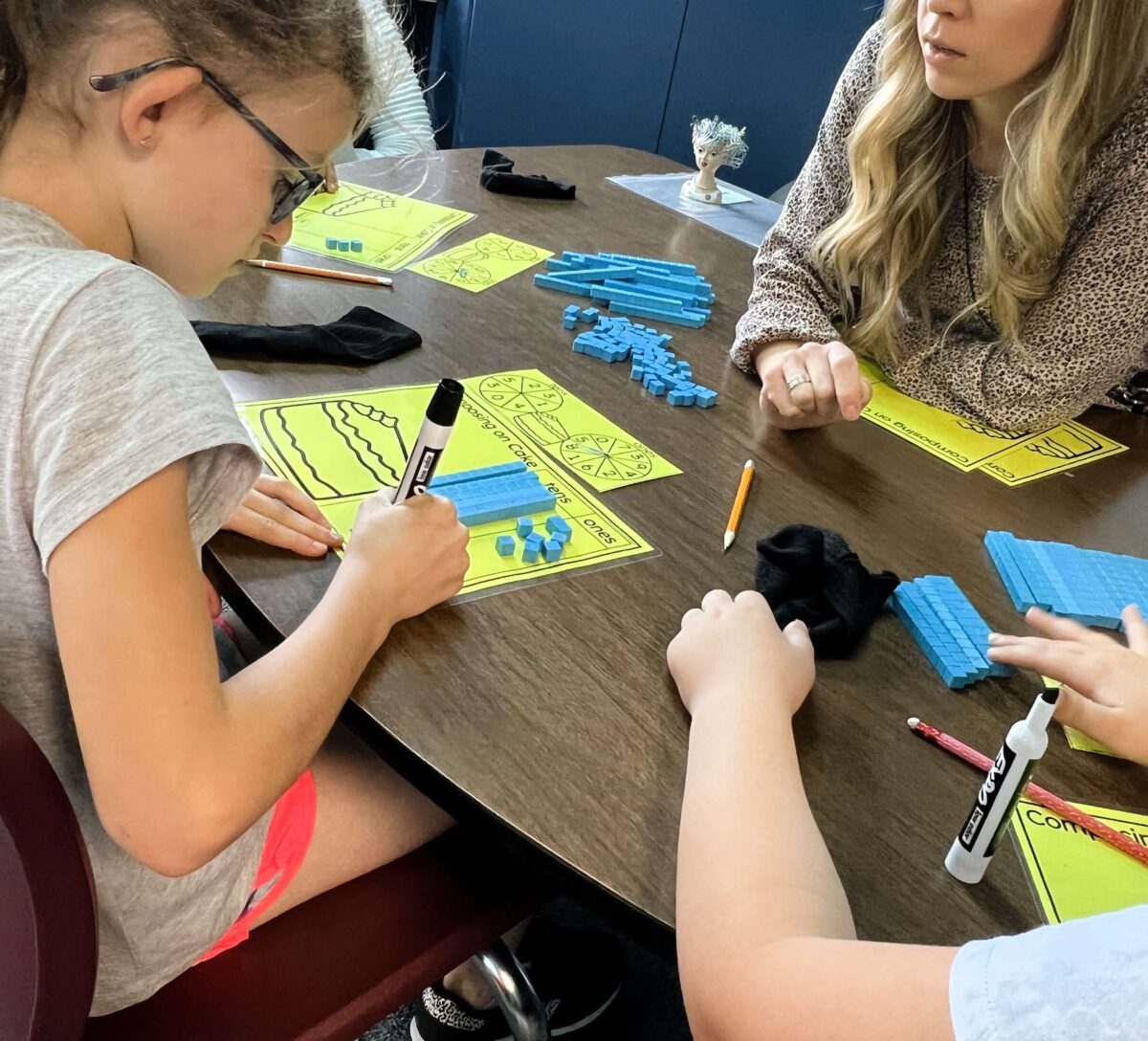
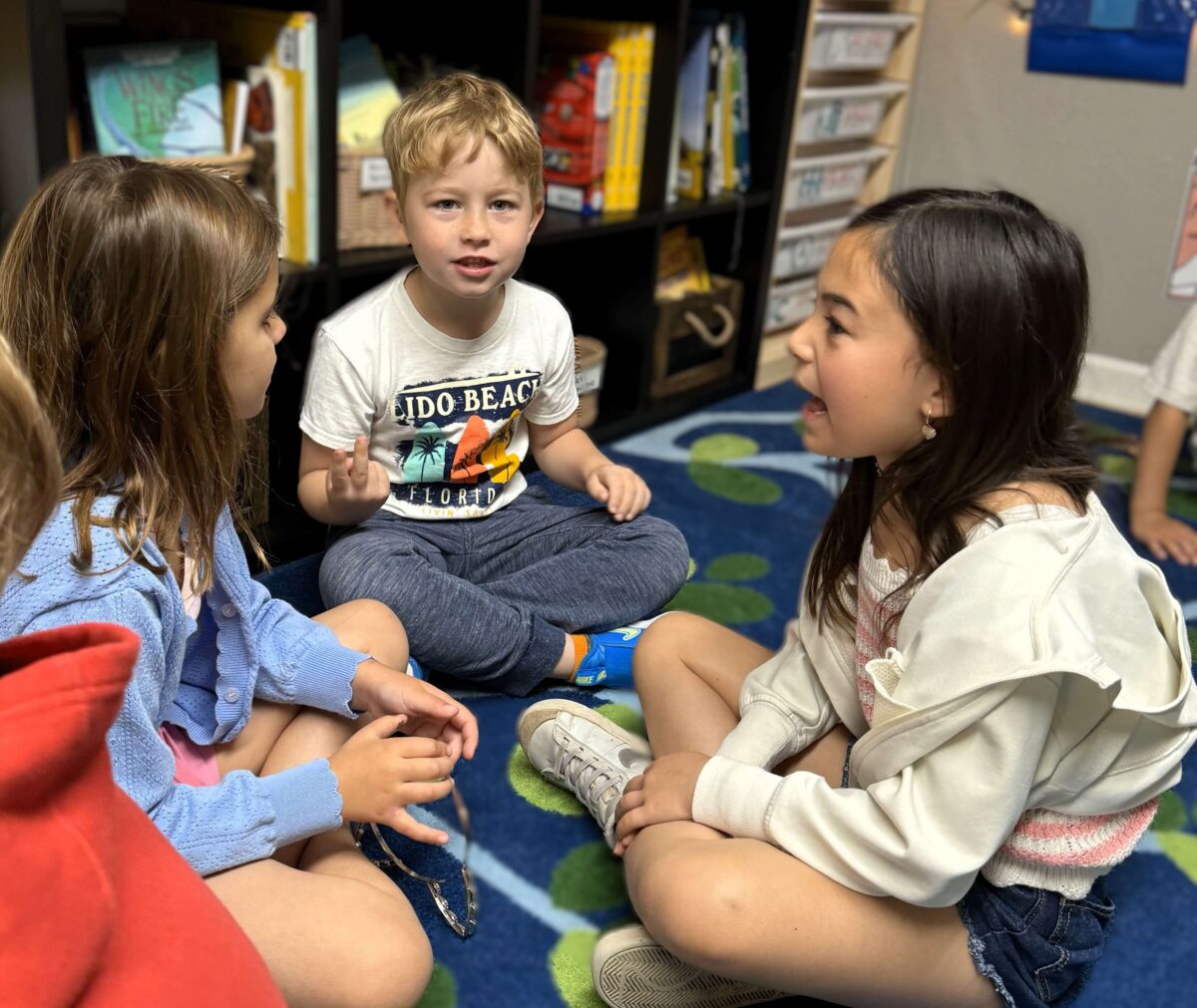
Purchase Orders and Direct Invoices for Total Math Curriculum
We can help your school or district purchase directly using a purchase order or invoice for payment as a vendor. For help with this, email [email protected]. To check if we are already an approved vendor, search our vendor name, Tunstall’s Teaching Tidbits, LLC. Please note that purchase orders must meet the minimum licensing requirement.
Addition and Subtraction Within 10
The next unit in our first grade Total Math Curriculum is Unit 3 Addition and Subtraction Within 10.

 Contact Us
Contact Us